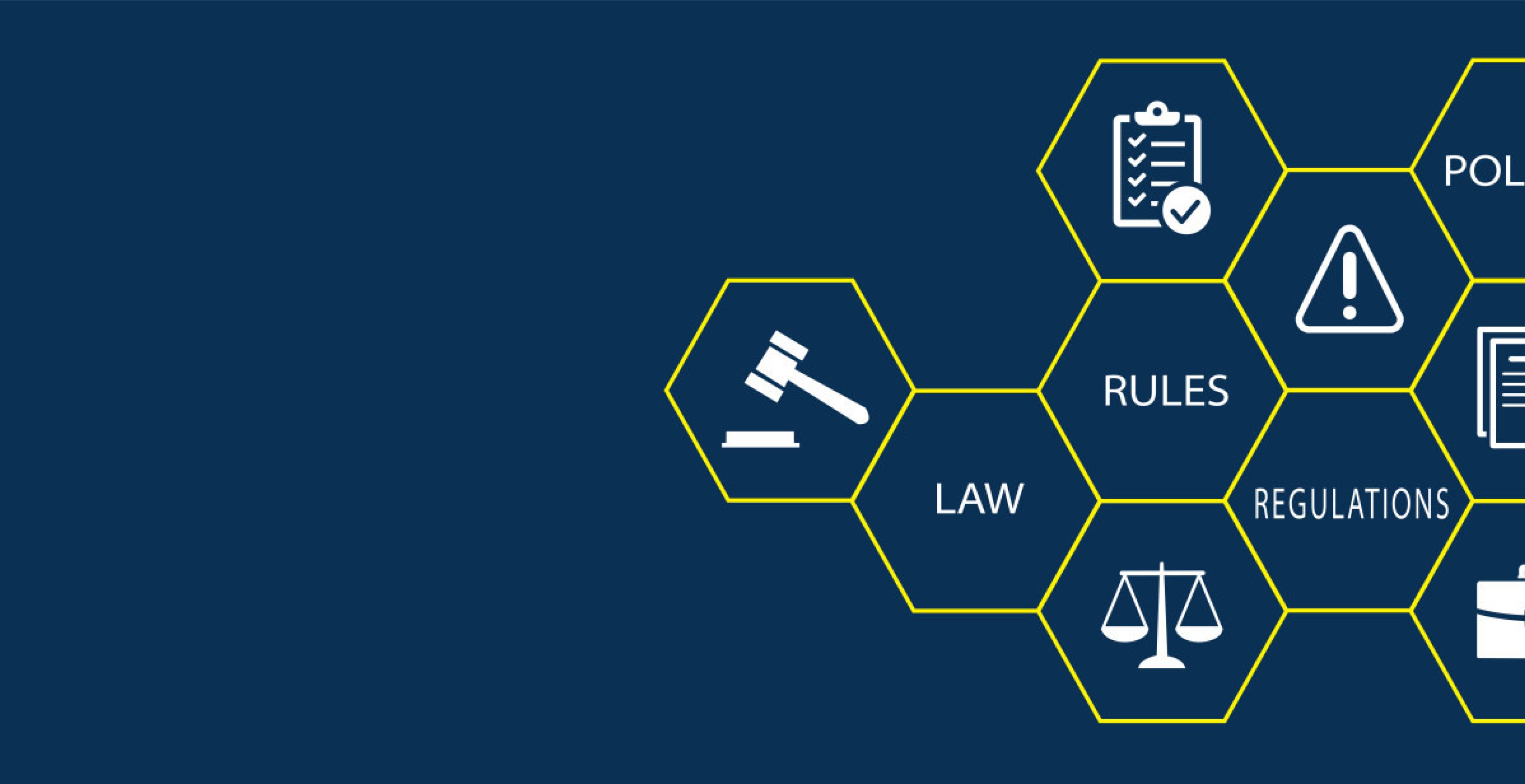

High Visibility
Performance requirements of high visibility safety apparel help with providing visibility to the user under any light conditions by day or night.
High Visibility Standards
The American National Standard for High Visibility Safety Apparel (ANSI/ISEA 107) is a standard established by American National Standards Institute, Inc. Construction, maintenance, utility, emergency responders, airport ramp personnel and many categories of off-road workers are routinely exposed to potential injury hazards from their low visibility while on the job. This standard provides guidelines for the selection and use of high visibility safety apparel (HVSA) such as shirts, rainwear, outerwear and safety vests to help improve worker visibility during the day, in low-light conditions and at night. Notable changes in the fifth edition (ANSI/ISEA 107) include the removal of the Accessories category and a section around requirements for single-use disposable coveralls.
The Canadian Standard Association's third edition of Z96-2015 High Visibility Safety Apparel, focuses on the performance of retroreflective and background materials and their visibility under both well illuminated and darker working environments. It incorporates advice on selection, use and care of high visibility safety material and includes recommendations for hazard assessments.
ANSI/ISEA 107 is the American National Standard for High Visibility PPE garments. The standard assists HSE Managers in finding the garments and fabrics that will help provide safety and quality their workforce needs.
CAN/CSA Z96-2015 helps improve the conspicuity of workers in a range of industries. This standard also guides workers in choosing the right apparel for their environments by classifying garments based on body coverage and thus the visibility they provide.
ANSI / ISEA 107 Standard
The ANSI 107 standard establishes a set of performance criteria for high visibility apparel. The standard defines garment categories that are based on worker hazards and tasks, complexity of the work environment or background and vehicular traffic and speed.
- Class 1 Garments - are intended for use in activities that permit the wearer's full and undivided attention to approaching traffic and where there is ample separation of the worker from traffic, which should be traveling no faster than 40kph (25mph).
- Class 2 Garments - are intended for use in activities where greater visibility is necessary during inclement weather conditions or in work environments with risks that exceed Class 1. Garments in this class also cover workers who perform tasks that divert their attention from approaching traffic, or put them in close proximity to passing vehicles traveling at 40kph (25mph) or higher.
- Class 3 Garments - provide the highest level of visibility and are intended for workers who face serious hazards and often have high task loads that require attention away from their work.

